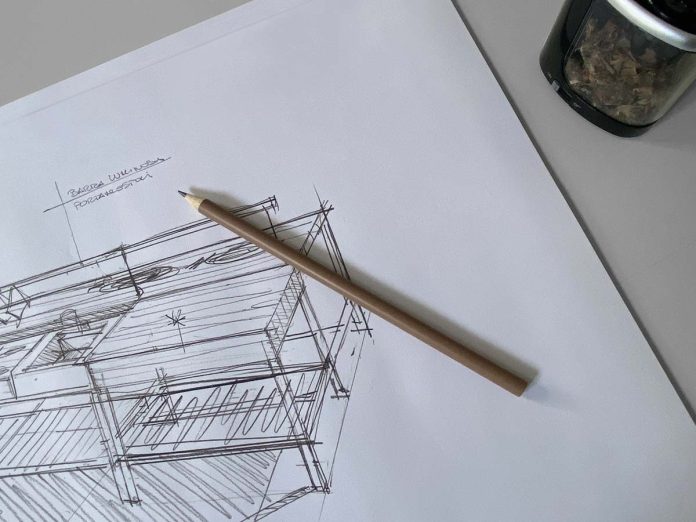What is the everyday useful object you appreciate the most, and why?
“A good project does not come from the ambition to leave a mark, the mark of the designer, but from the desire to establish even a small interchange with the unknown person who will use the object we have designed”: so wrote Achille Castiglioni to define what he believed was a proper approach to design. Not by chance, the product of his design that made him proudest was a small light switch created in 1968 with his brother Pier Giacomo and produced by VLM, a company specialized in the sector of electrical components. It was a small item produced in large numbers, purchased for its functional qualities, and no one, not even the dealers, knew who had created it. An everyday, familiar object that summed up the great master’s attitude. And it allowed him to enter the homes of everyone, becoming such a widespread presence that it belonged more to the people than to the history of design. Castiglioni was a curious person, and throughout his life he collected what he called “anonymous objects,” namely things we use day after day without knowing who designed them, though we are still attracted by their simplicity and functional quality. As well as all the emotional aspects that make the object pleasant and interesting. Even special, sometimes. Hence the question we have asked various international design studios to answer: What is the everyday useful object you appreciate the most, and why? The answers were far from expected, and they formed a tableau: that of beautiful, functional, but also poetic and timeless design. Objects that surround us in our everyday lives, things we would never want to do without. Some have famous creators, others are anonymous. The outcome is a long list of things that have always populated our daily existence, from water bottles to pencils. Some of them are able to make us dream, others are purely functional. All of them have a meaning, which in the end reflects the idea of design held by the people who answered our question. Because design, real design, always starts with basic reasoning, with the idea the creative professional wants to transmit. And perhaps, by observing these “cherished” objects with which people surround themselves on a daily basis, we will also be more capable of understanding the designer’s job. And to appreciate the results achieved. Never taking them for granted. Even an apparently simple chair does indeed contain a small piece of the soul of its creator.
Giuseppe Bavuso
1. It’s not easy for a designer to pick out just one object that can represent a sort of synthesis of their relationship with the world of things: there are lots of everyday objects that are able to improve the quality of actions that, in a ritualistic way, accompany us in our daily lives. If I have to choose one in particular then I like to think of the pencil, a tool that is essential to my everyday activity. Using the hand, the pencil allows me to express and give shape to ideas, establishing thoughts and reflections. It is an object that has remained virtually unchanged since the 16th century. With absolute simplicity, made from just two materials, wood and graphite, with no superfluous elements. Whether it is round or hexagonal, it represents total simplicity, minimalism associated with efficiency. No ambition to be a protagonist but a humble and discreet everyday companion, active and hard working. 2. Among the various projects that we are bringing to the Salone is the new K-Garden kitchen for outdoor use designed for Ernestomeda. A kitchen conceived and designed with the aim of replanning new outdoor spaces for conviviality, with a more expansive and international vision and that represents an evolution of the K-Lab project.
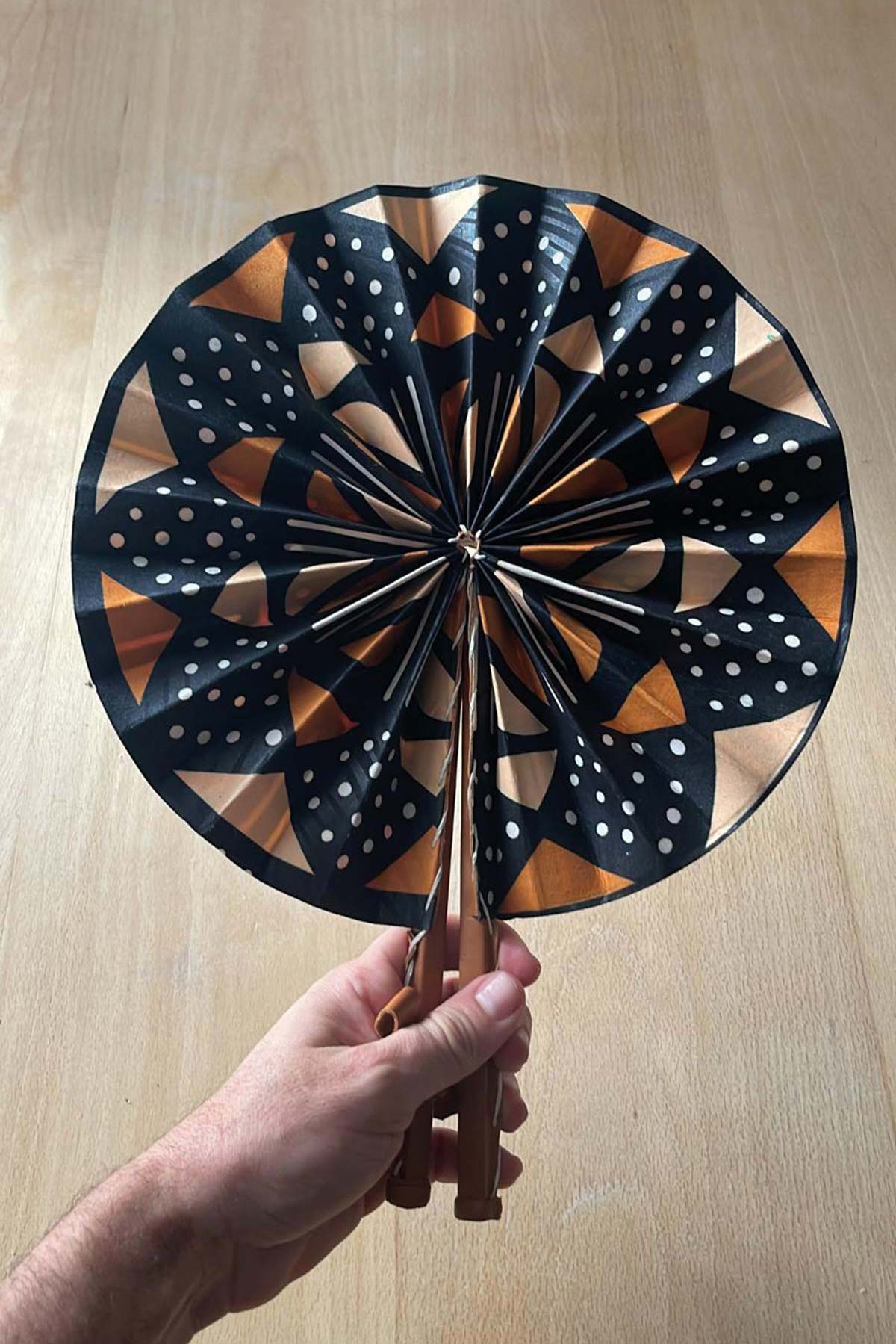
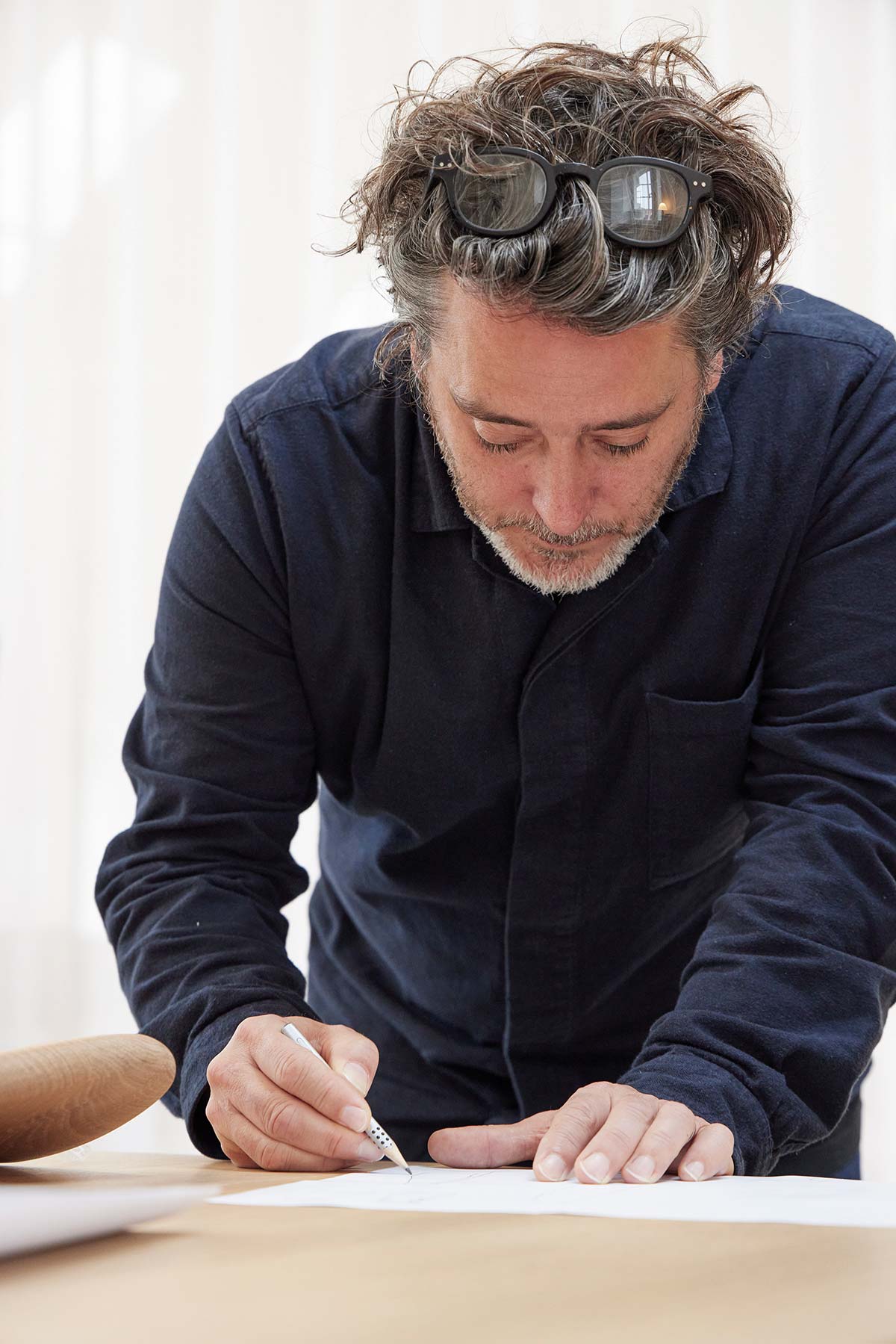
Antonio Aricò
1. A primitive graphic pinwheel. A Senegalese fan that rests when closed and dances when open to a rhythm of lines and colours. I often like to combine decorative emotion with the function of objects. This fan is a miniature work of art and its graphic immediacy makes it both classic and modern. The natural colours surprise as well as reassure with a hypnotic rhythm. For me it’s an iconic object. 2. Among others things there will be Oasiblu: an installation in collaboration with Fromm (in via Savona 35); with Seletti I will be presenting the latest additions to the Magna Graecia collection and for Agave, in collaboration with Sturm Milano, I will be presenting a new chair and an armchair. Also to celebrate ten years in my Milan home, I will be opening Casa Aricò to the public, in the Nolo district, via Nicola d’Apulia 7a.
Barber Osgerby
1. The pencil, we rely on it to sketch ideas and convey points. Often our discussions unfold through sketching, allowing us to develop ideas with the simplicity of a pencil. For us, design is about creating objects that are inherently useful, beauty follows naturally. 2. We will be introducing two new Glass Lamps for Flos; for Marsotto Edizioni we will be presenting our Largo tables. Emeco will be celebrating their 80th anniversary exhibiting the On & On chair; B&B Italia will be presenting Tobi-Ishi Outdoor in two new materials along with our Button tables. We are also excited about working with Cappellini on the reissue of the Bottle Table and Cassina will be unveiling a lounge version of Tamburound.
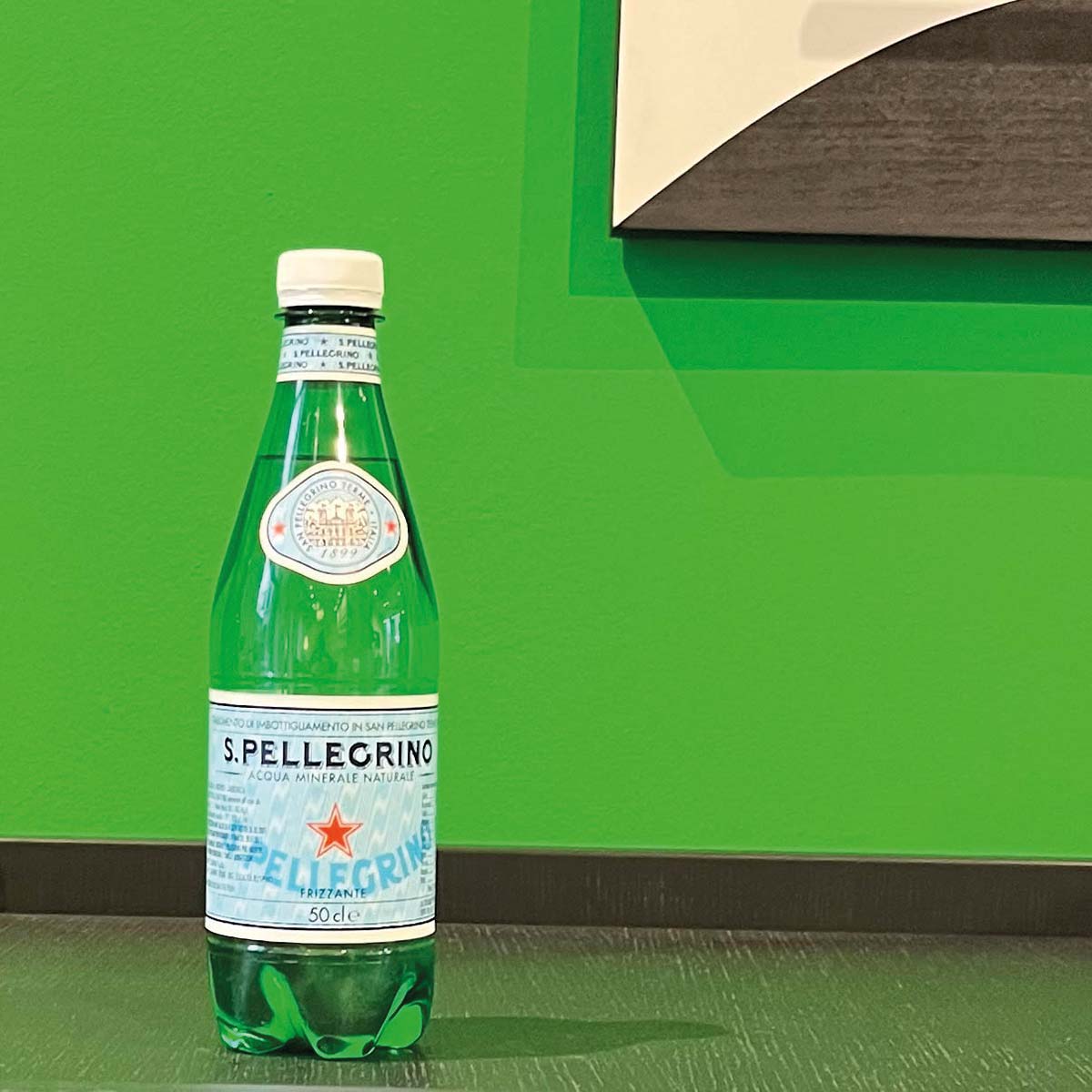
Giulio Cappellini
1. The everyday object that in my opinion is an example of good design is the San Pellegrino water bottle: simple, beautiful, practical, outside of any fashion or trend. It has always been with me. 2. Among the new Cappellini 2024 products, I really like the X Table System, a collection of small tables by Hsiang Han because it shows how technology can be used to create artistic forms. The components of the base, in moulded recycled nylon, create genuine compositions, light but impactful.
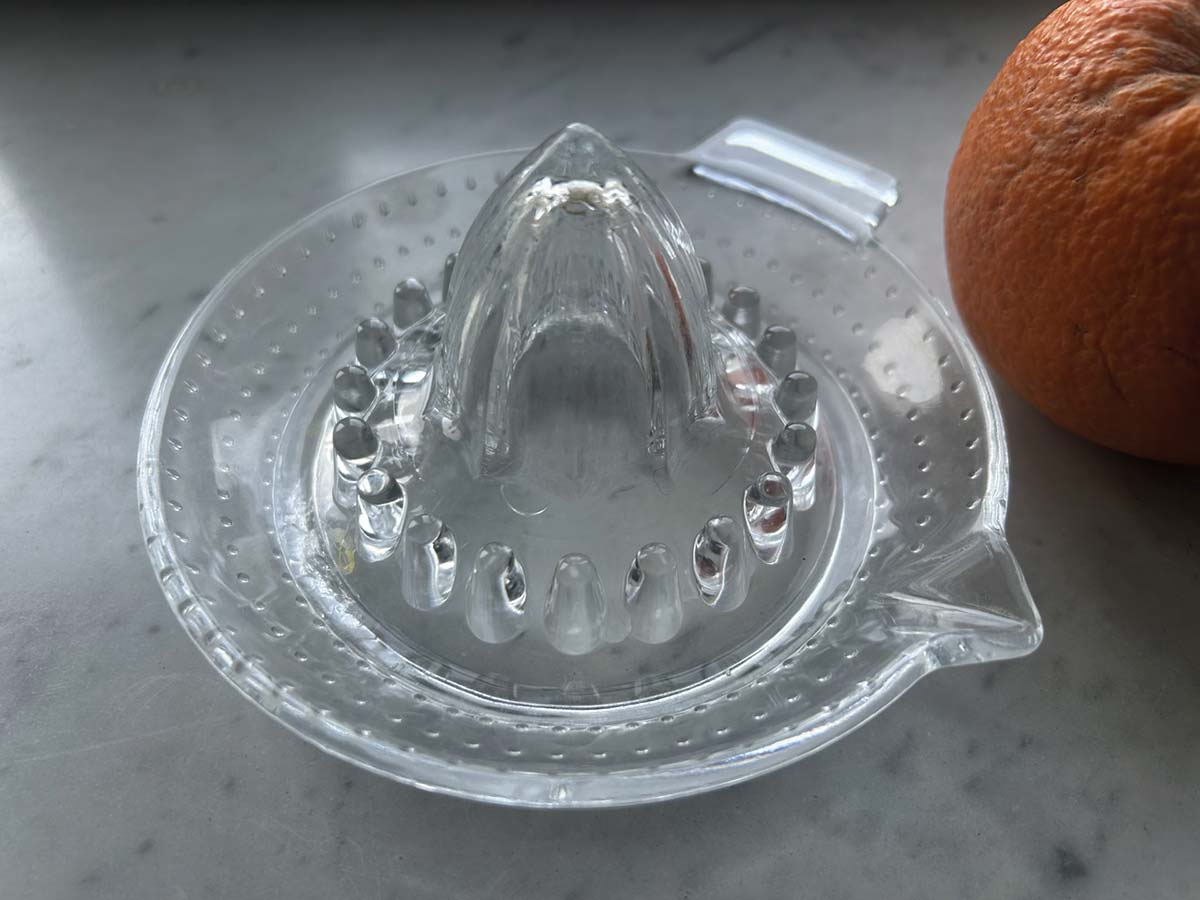
Cristina Celestino
1. The lemon squeezer in pressed glass. It entered homes in the 18th century and is still an object whose design is unsurpassed, ribbed to extract as much juice as possible from citrus fruits. It is easy to clean and beautiful to look at! 2. I have designed some new finishes and floors for Fornace Brioni that will be presented as part of the Grounded exhibition: two different designs, one more linked to the geometric world and the other connected to the random nature of the painted mark. For Gervasoni I will be presenting the Plumeau armchair and for Fendi Casa I have designed the Ottavia chair. Finally for Manital I have created the Matrice handle, which is inspired by the marks and organic relics left by time.
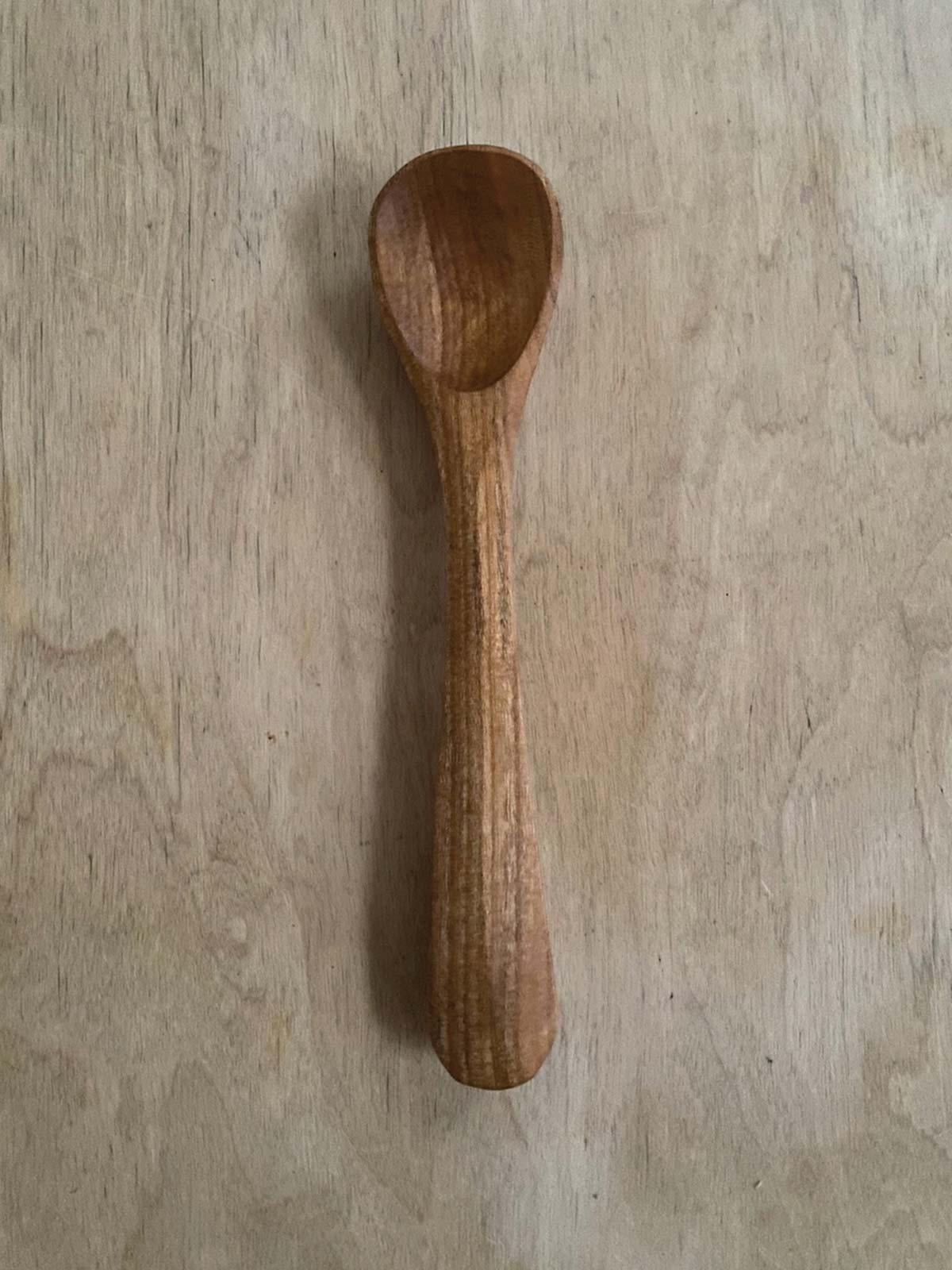
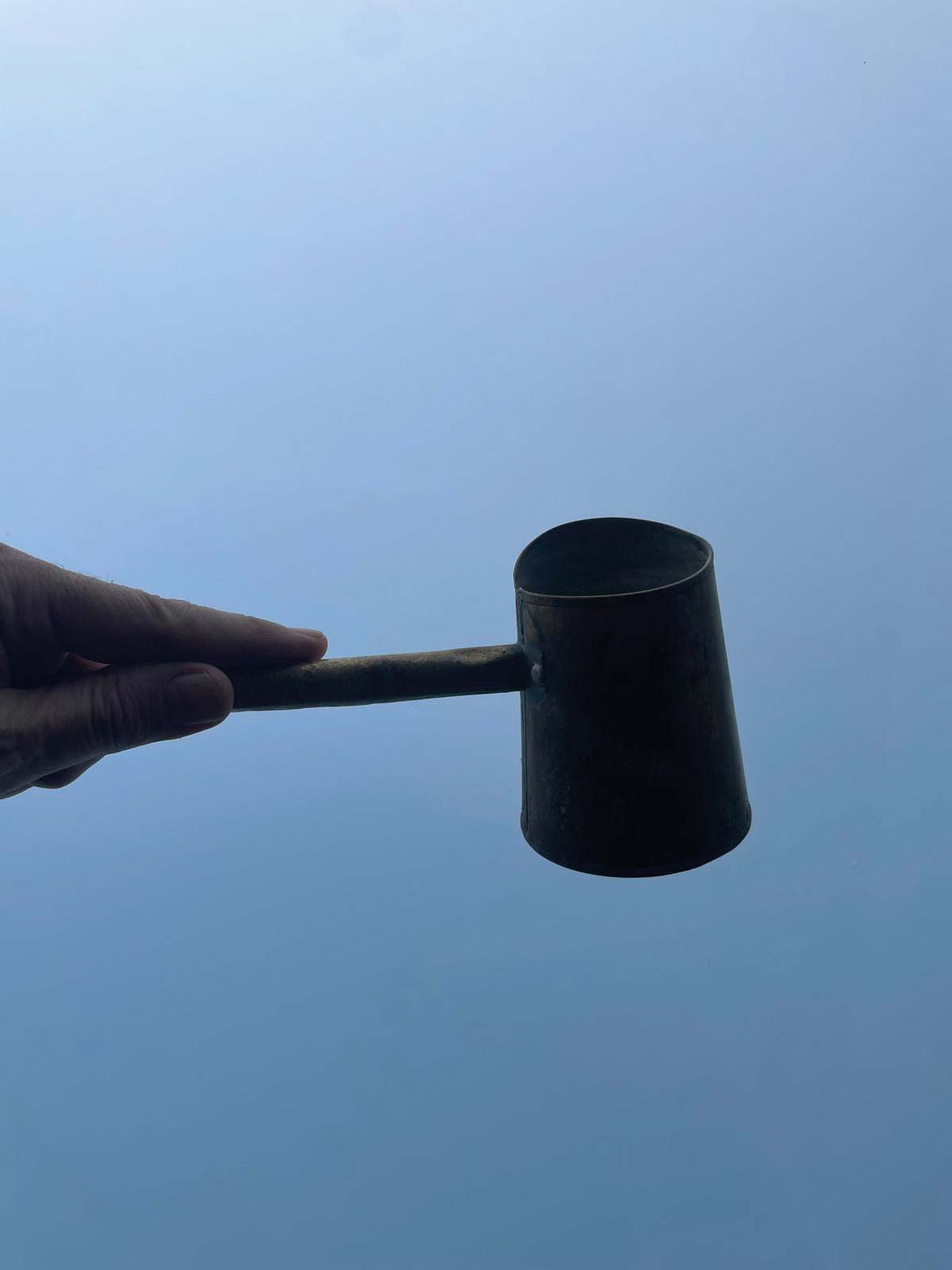
Matali Crasset
1. A spoon by Jonas Wauthy, a cabinetmaker, made from cherry wood. The work was done with a blade, without abrasives that leave silica in the fibres. 2/3 coconut oil and 1/3 beeswax. Jonas Wauthy has sold many spoons to women who have undergone chemotherapy and become allergic to the taste of metal, no longer able to tolerate its taste on the palate. A spoon that, in a way, repairs. 2. My research continues into seating with Campeggi, where we’ll be presenting Le Temps de la Communautè. Since the late 1980s I’ve been campaigning for objects that are nomadic, transformable, that adapt to the way we live and allow spaces to be configured in new ways. This project is about inviting us to ‘make community’. A structure to provide the possibility of an “us”.
Jacopo Foggini
1. Every morning I use a small Greek brass saucepan to heat up water to make tea. I love it because it reminds me of Greece, the wind, the sea, the blue of the sky. It is an object that has always existed and that they continue to make and use in exactly the same way. It has absolute simplicity, this is the design I love the most. 2. I will be presenting the Rivers collection of candlesticks at Edra Spazio Durini. At the Statale, I am doing an installation together with Massimo Iosa Ghini.

